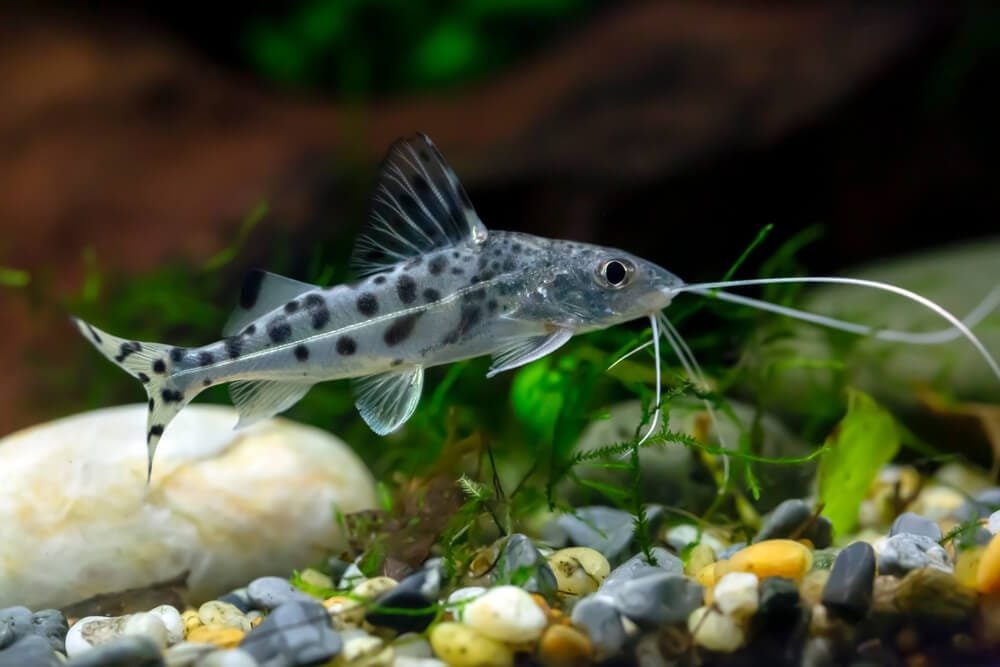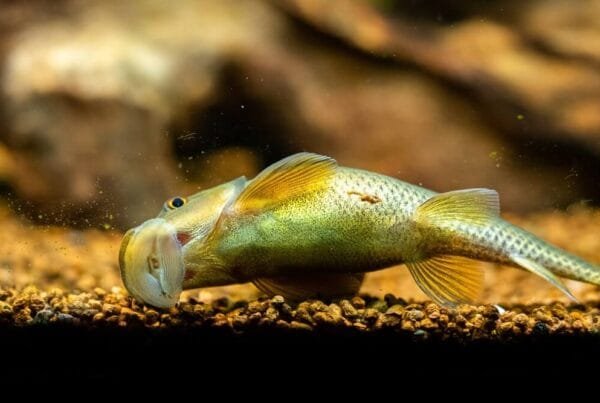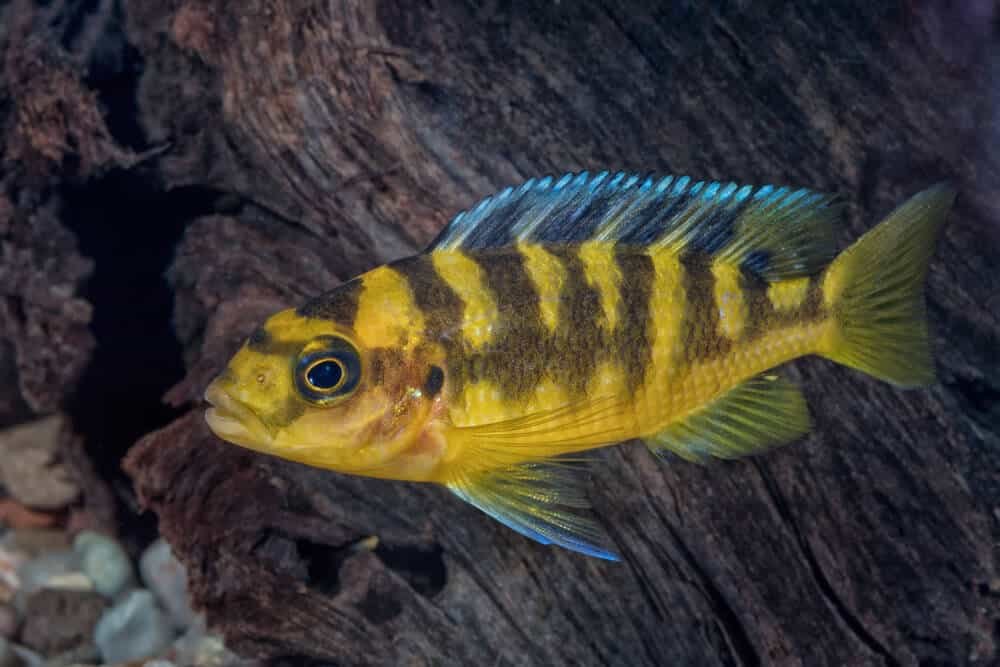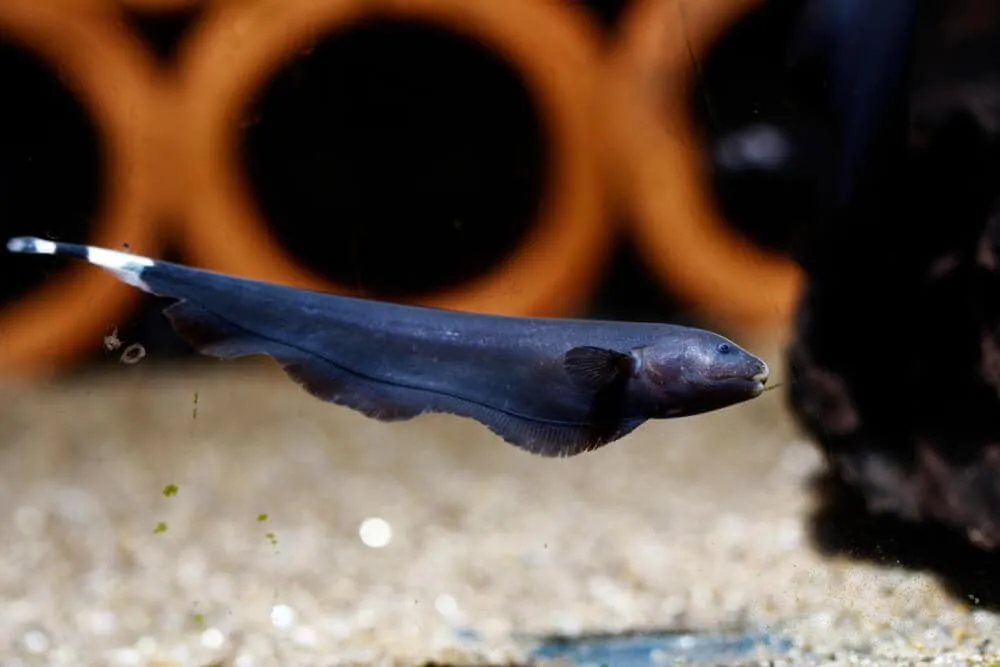Imagine having a stunning fish that not only brings a lively touch to your aquarium but also has a unique personality. Enter the Pictus Catfish, a captivating aquatic creature known for its intricate patterned body and energetic nature. With its striking appearance and playful demeanor, the Pictus Catfish is sure to be a delightful addition to any fish enthusiast’s collection.
Overview
Pictus Catfish, scientifically known as Pimelodus pictus, is a popular freshwater aquarium fish among fish enthusiasts. Known for their dazzling appearance and lively behavior, these catfish add a touch of elegance to any aquarium. With their unique pattern of black spots on a silver body, Pictus Catfish are true eye-catchers. In this article, we will delve into the physical description, natural habitat, behavior, care and maintenance, breeding process, common diseases, and some fun facts about this amazing species.
Physical Description
Pictus Catfish are characterized by their slender, elongated body shape. These fish typically grow up to 5 inches in size, making them an ideal choice for medium-sized aquariums. Their body is covered with stunning silver scales, giving them a shimmery appearance. The most distinctive feature of Pictus Catfish is the array of black spots adorning their body, giving them a speckled or dotted pattern. These spots vary in size and placement, making each individual unique in its markings.
Natural Habitat
Originating from South America, Pictus Catfish are commonly found in the Amazon River basin. In the wild, they inhabit slow-moving streams, tributaries, and floodplains. They prefer areas with plenty of hiding spots, such as submerged logs, fallen branches, and dense vegetation. Pictus Catfish are considered a shoaling species, meaning they are social creatures that thrive in groups. Their natural habitat is rich in organic matter, providing abundant food sources and ensuring their optimal growth.
Behavior
Pictus Catfish are known for their lively and active behavior, making them a delight to watch in aquariums. They are constantly on the move, exploring the aquarium in search of food or simply exploring their surroundings. Due to their active nature, it is essential to provide them with plenty of space in the tank to swim around freely. These catfish are also known to be quite playful and curious, often investigating objects and interacting with their tank mates.
Care and Maintenance
Aquarium Requirements
To ensure the well-being of your Pictus Catfish, it is essential to create a suitable aquarium environment that closely mimics their natural habitat. A tank with a minimum capacity of 30 gallons is recommended to provide enough swimming space for these active fish. It is important to include a mix of open areas for swimming and hiding spots, such as caves or driftwood, to make the Pictus Catfish feel secure.
Water Parameters
Maintaining proper water parameters is crucial to the health of Pictus Catfish. They thrive in slightly acidic to neutral water with a pH range of 6.5 to 7.5. The water temperature should be kept between 72°F and 78°F. It is important to provide them with well-filtered water as they are sensitive to poor water quality. Regular water changes and adequate filtration will help maintain optimal water conditions.
Feeding
Pictus Catfish are omnivorous and have a voracious appetite. They are not picky eaters and readily accept a variety of commercially prepared fish foods. A well-balanced diet should consist of high-quality pellets or flakes as the staple food. Supplementing their diet with live or frozen foods like bloodworms, brine shrimp, and daphnia will provide essential nutrients and help replicate their diet in the wild.
Tank Mates
Pictus Catfish are generally peaceful and can be kept in a community aquarium with compatible tank mates. However, it is important to select tank mates that are not aggressive or prone to fin-nipping. Good tank mates include peaceful tetras, rasboras, gouramis, and other similarly sized catfish. Avoid keeping them with larger, aggressive fish that may intimidate or harm the Pictus Catfish.
Breeding
Identification of Male and Female
Differentiating between male and female Pictus Catfish can be a challenge as they exhibit similar external characteristics. However, during the breeding season, which typically occurs in the rainy season, the female’s belly may appear plumper than the male’s due to the development of eggs. Additionally, some experts suggest that males may have slightly longer pectoral fins compared to females, but this is not always reliable.
Breeding Setup
Breeding Pictus Catfish in captivity can be challenging but not impossible. To encourage breeding, provide plenty of hiding spots in the form of PVC pipes, caves, or dense vegetation. A separate breeding tank of at least 20 gallons should be set up with similar water parameters as their main tank. Ensure the tank is well-filtered and has appropriate lighting to mimic their natural environment.
Spawning Process
Pictus Catfish are known to spawn in dark, hidden areas. The male usually initiates the spawning process by leading the female into a chosen nesting site. The female deposits her eggs, which the male then fertilizes. After spawning, both parents typically guard the eggs until they hatch, which usually takes around four to six days. It is crucial to separate the parents from the eggs once spawning is observed to prevent them from consuming the eggs.
Diseases and Health Issues
Common Diseases
Like any other fish species, Pictus Catfish are susceptible to certain diseases. Common ailments include bacterial or fungal infections, parasitic infestations, and fin rot. External symptoms of distress can include loss of appetite, abnormal swimming patterns, color changes, and visible lesions or sores on the body. Prompt identification and treatment of these diseases are crucial to ensure the well-being of the fish.
Preventive Measures
Maintaining optimal water quality and providing a balanced diet are essential preventive measures to keep Pictus Catfish healthy. Regular water testing, appropriate filtration, and regular water changes will help prevent stress and the onset of diseases. Quarantining new fish before introducing them to the main tank is another preventive measure to avoid introducing potential pathogens to the existing fish.
Treatment Options
In case of disease outbreaks, it is important to consult an experienced fish veterinarian or seek advice from a knowledgeable aquarium hobbyist. The specific treatment for diseases can vary depending on the nature of the ailment. Possible treatment options may include the use of medicated fish food, water additives, or targeted medications. It is crucial to follow dosage instructions and closely monitor the fish’s response to treatment.
Fun Facts
Unique Features
One unique feature of Pictus Catfish is their ability to produce audible sounds. They can produce clicking or popping sounds by rapidly contracting their pectoral spines, which is believed to be a form of communication. Additionally, their stunning pattern of black spots on a silver body makes them stand out in any aquarium.
Popular Varieties
While the Pictus Catfish species itself does not have many distinct varieties, there are variations in the intensity and arrangement of their black spots. Some individuals may have larger, more prominent spots, while others may have a higher density of smaller spots. These variations contribute to their individuality and make each Pictus Catfish a unique addition to any aquarium.
Pictus Catfish in the Wild
In their natural habitat, Pictus Catfish play an important role in maintaining the ecological balance of their environment. They help control the population of small invertebrates and insects that can otherwise cause harm to plants and disrupt the ecosystem. Their active foraging and scavenging habits contribute to nutrient recycling in the water, ensuring a healthy aquatic environment.
Conclusion
Pictus Catfish are captivating additions to any freshwater aquarium, with their stunning appearance and lively behavior. By understanding their physical characteristics, natural habitat, and behavioral traits, you can provide them with appropriate care and create a healthy, well-maintained aquarium for them to thrive in. Remember to monitor water parameters regularly, provide a balanced diet, and take preventive measures to ensure their overall well-being. With proper care and attention, Pictus Catfish will be a source of joy and fascination in your aquarium for years to come.







